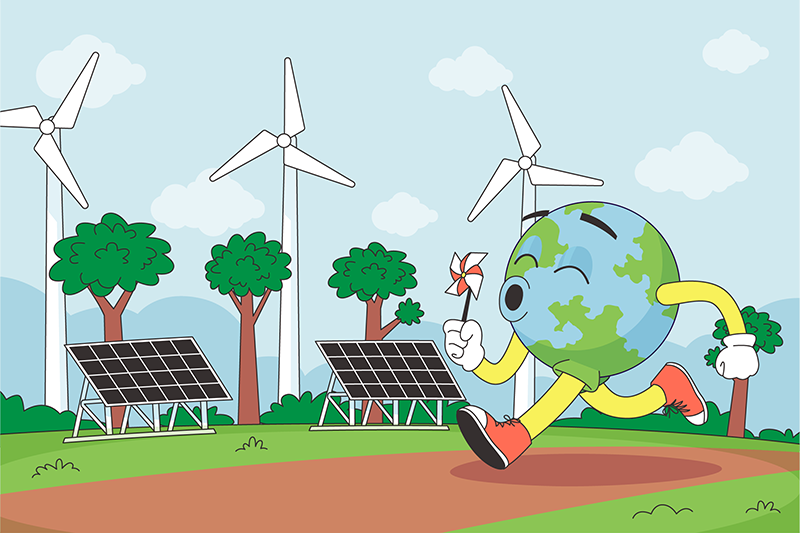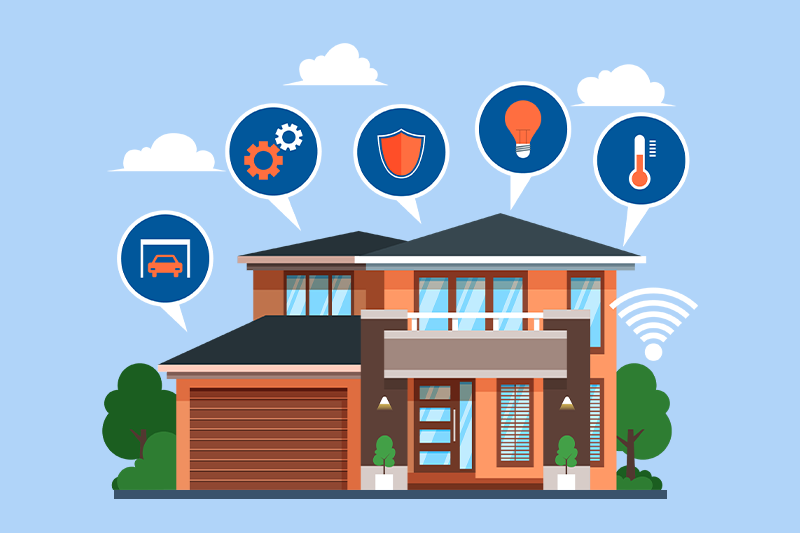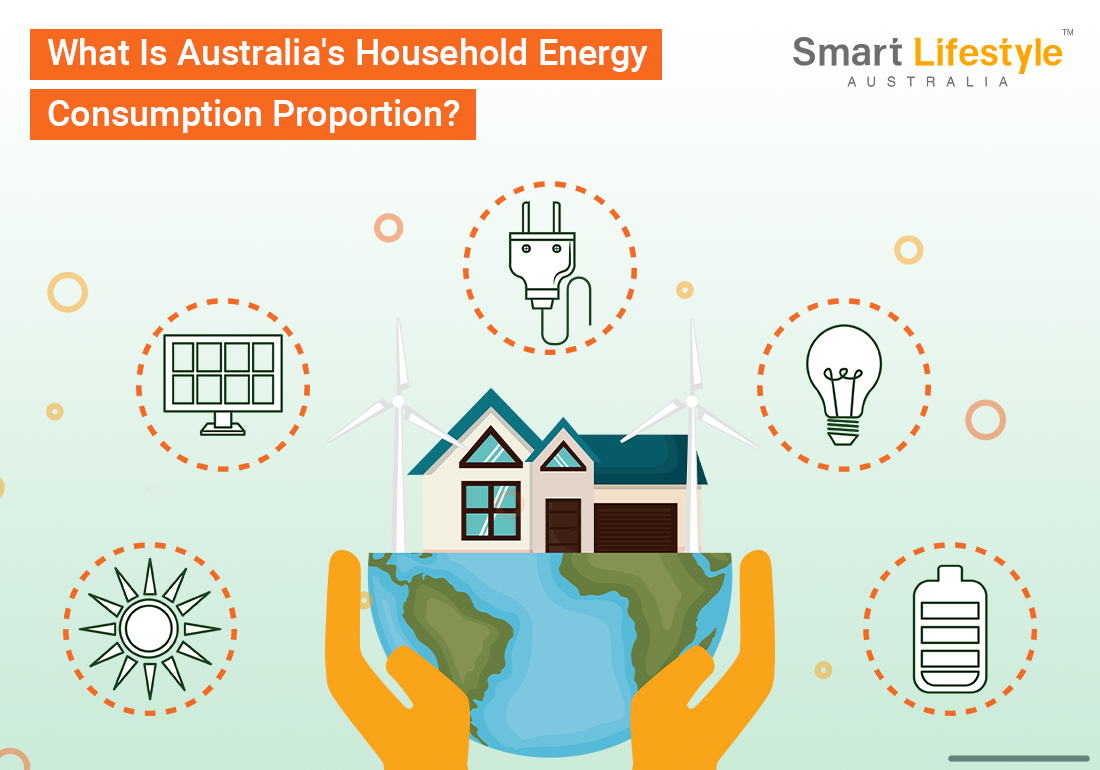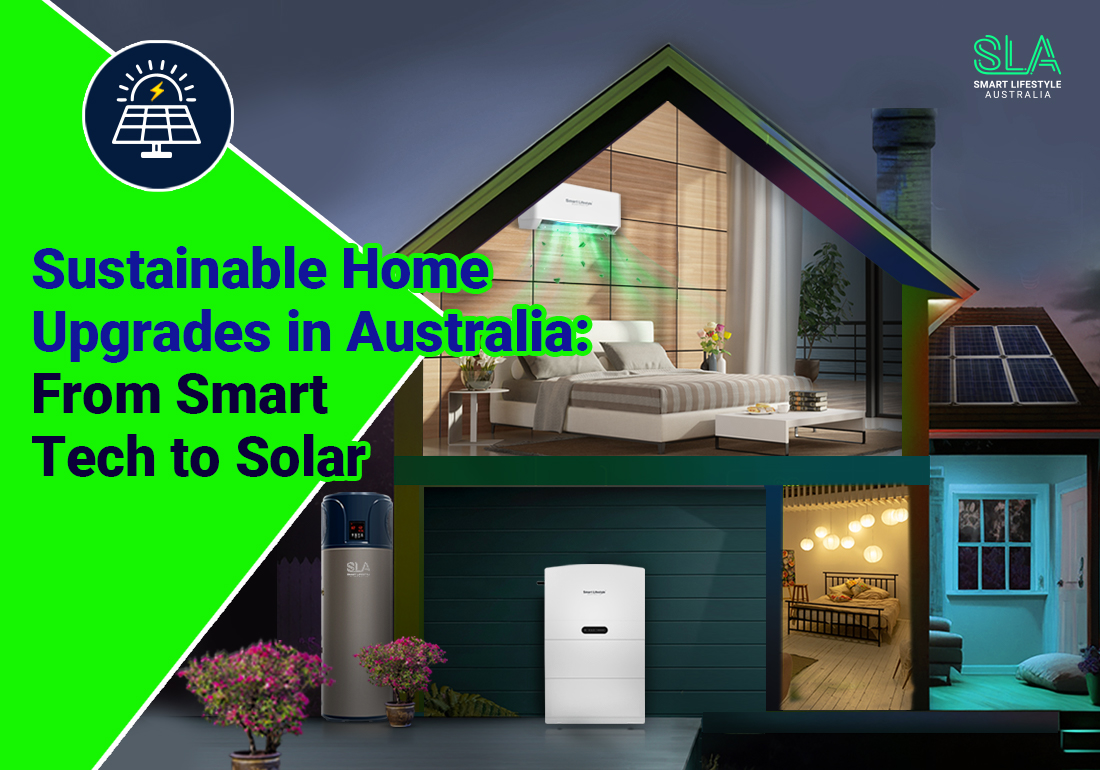In Australia, households use energy for many things, like keeping their homes warm or cool, cooking food, watching TV, and charging phones.
Energy can come from different sources like electricity, gas, or even solar panels on the roof. Sometimes, people need to realize how much power they’re using.
Understanding how Australian households use energy can help us find ways to use it smarter and more efficiently. So, what is Australia’s household energy consumption proportion? Let’s find out.
Average Energy Consumption
Let’s start with some basic information. According to data from the Australian Energy Regulator in 2023, the average energy used per day by a household with three people is about 18.71 kilowatt-hours (kWh).
A household with four people typically uses around 21.355 kWh/day; if there are five or more people, it’s about 25.43 kWh/day.
However, these numbers give a general idea and don’t consider specific things that can make your household use more or less energy.
Different factors like what appliances you have, how often you use them, and your habits can all impact how much energy you use each day.
Also, the average energy use changes throughout the year. For instance, a household with four people in Victoria might use around 20.0340 kWh/day on average throughout the year.
But during colder seasons like Winter, they might use more energy (about 23.34 kWh/day), while in milder months like Spring or Autumn, they might use less (approximately 17.88 kWh/day or 18.66 kWh/day).
Factors Influencing Household Energy Consumption
A typical Australian household uses around 18 kilowatts (KW) of electricity daily. It equals 6570 KW per hour. How much electricity your home uses depends on many things.
Most homes nowadays have new gadgets and devices for everyday tasks and fun stuff, which need a lot of electricity.
Plus, how much electricity your house uses might be different from others, depending on where you live and how you’ve set up your lifestyle at home.
These are some factors that influence your energy consumption:
- Number of people living in the house
- How many electrical appliances you own
- If you use electricity, gasoline, or both
- The weather conditions in your area
- The size of your house
- If you have any power-hungry appliances in your home
- If you use environmentally friendly methods such as solar panels or solar grids in your home
- How much time you spend inside your home
- Climate: Hotter or colder regions require more power for climate control, such as heating and cooling.
- Electric Vehicles (EVs): As EVs gain popularity, it’s critical to consider their impact on power consumption. Charging an electric vehicle at home can significantly increase your power bill.
- Pools: Swimming pools are a luxury in the Australian climate, but they can be energy-intensive to maintain, especially if heated or equipped with power-hungry cleaning equipment.
- Air Conditioning: Air conditioning systems are standard in Australian homes, particularly during the hot summer. Cooling and heating a home can consume a lot of energy.
- Household Appliances: The type of household appliances used, their energy efficiency, and usage patterns can all impact power consumption.
How Much Electricity Do Your Appliances Use?

In modern times, electrical gadgets are everywhere in our lives. You can find them in the kitchen, laundry room, kids’ room, hallway, and bathroom.
Suppose you want to know how much electricity your home uses compared to others in Australia. In that case, getting familiar with the electrical devices and appliances you own is a good idea.
To determine how much electricity an appliance uses, just look for the symbol “KW” on the appliance or its packaging. KW stands for kilowatts, which measures electricity usage.
For example, if a lightbulb says 100 watts on it, it will use 1 kilowatt in 10 hours. You can do a home check by looking at all your electrical appliances and their kilowatt-hour (KWH) to see which ones use a lot of power and which are more energy-efficient.
Understanding Your Home's Electricity Usage
The above statistics are general numbers based on the average electricity use in Australian households. But the numbers can differ depending on where you live and other factors.
For example, if you live near Tasmania or New South Wales, you might use more electricity in winter because you need to heat your home. But in Northern Australia, people tend to use more electricity in summer.
To lower your electricity bills, it helps to understand how much electricity your home uses. You can use the Australian Government’s Energy Made Easy tool to learn about and compare your home’s electricity use.
Tips for Reducing Household Energy Consumption and Creating Energy Efficiency
Smart Thermostats: Think about getting a smart thermostat. These gadgets can learn how you like your home’s temperature and change settings to save energy.
LED Lighting: Swap out old incandescent bulbs for LED lights. They use way less electricity and last a lot longer.
Sealing and Insulation: Ensure your house is well-sealed and insulated to stop drafts. It helps keep heat in during winter and keeps your house cooler in summer.
Appliance Upgrades: When you need new appliances, pick ones with Energy Star ratings.
Unplug Switches: Remember to unplug chargers and devices when not using them, and turn off lights and appliances when you leave a room.
Solar Panels: Consider installing solar panels on your roof. They can make clean energy and lessen your reliance on the power grid.
Start Your Renewable Energy Journey

More and more Australians are turning to renewable energy sources these days. Here are some renewable energy choices to think about that might help cut down your household energy bills:
Solar Power: Solar panels change sunlight into electricity. They can reduce your electricity costs and even let you sell extra energy back to the power company.
Hydropower: Small hydropower systems can make electricity in places with moving water.
Battery Storage: If you team up renewable energy systems with batteries, you can store extra energy for when it’s cloudy or not windy. It makes you more self-sufficient with energy.
Green Energy Plans: Many energy companies now offer plans that get electricity from renewable sources. These plans let you support clean energy without setting up your renewable energy system.
How Would Government Rebates Help?
To encourage saving energy and using renewable energy, the Australian government and some state governments give out incentives and rebates sometimes:
Solar Rebates: Depending on where you live, you might get money back or other perks when you get solar panels installed. It can lower the upfront cost.
Energy Efficiency Grants: Some state governments give grants to help homeowners make their homes more energy-efficient. It could mean better insulation or more efficient heating and cooling systems.
Feed-in Tariffs: In certain states, you can make money by sending extra energy your solar panels make back to the power grid. It can help lower your energy costs even more.
Energy Audits: Some local governments offer free or cheaper energy audits. You can find places in your home where you could save more energy.
Lower Your Household's Energy Use
To start making your home more energy efficient and environmentally friendly, begin with a home energy audit. This review helps find areas where you can make changes.
You can do a basic check by looking at your energy bills and checking for leaks and old appliances. Or, if you want a more detailed review, you can hire a professional to do it. Get our heat pump hot water systems for lower electricity bills.
Once you know what needs fixing, plan to use less energy and consider using renewable energy. Remember, investing in energy efficiency isn’t just good for the environment; it saves you money too.
In a world where being eco-friendly is important, making these changes helps you as a homeowner and helps Australia and the planet be greener and more sustainable.
Plan Your Energy Audit

Do you require some tips to plan your home energy audit?
Here are some ideas:
Check Your Appliances: See your appliances and if they’re energy-efficient. Think about getting new ones if they still need to.
Watch Your Usage: Keep an eye on how much power you use with your electricity bills over time. See if there are any patterns or changes.
Think About the Weather: Think about how hot or cold it gets where you live. Get insulation and weatherproofing to stop heat from escaping.
Think About Your Car and Pool: Consider how much power they use when planning your electricity costs if you have an electric car or a swimming pool.
Understanding how much power your home uses is essential for making intelligent choices about how you use energy and how much it costs.
While national averages are a good start, it’s also essential to consider where you live and what you have in your home that uses power.
Being careful about how much power you use can help the environment and save money. And remember, you can always change how you use energy to be more efficient and eco-friendly.
Reducing Your Energy Consumption With Smart Lifestyle Australia
Now that we’ve discussed how complicated power use can be, you might wonder how to save money on energy bills. Well, there’s a helpful solution with Smart Lifestyle Australia.
Smart Lifestyle Australia will help you find the right energy plan. We know every home is different, so we want to help you make good choices that could save you money.
You can compare plans easily. With Smart Lifestyle Australia, you might find a better deal for your energy needs.





